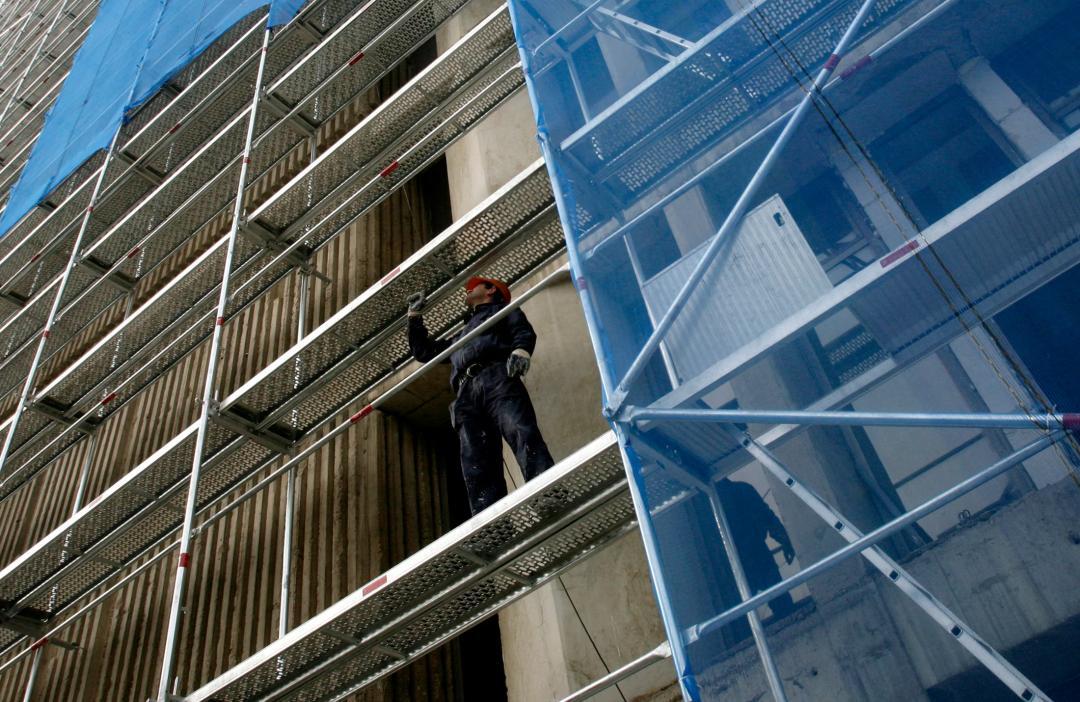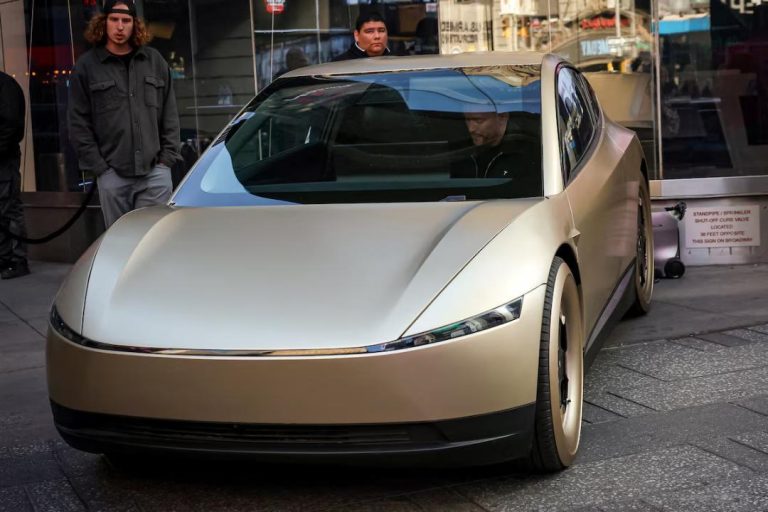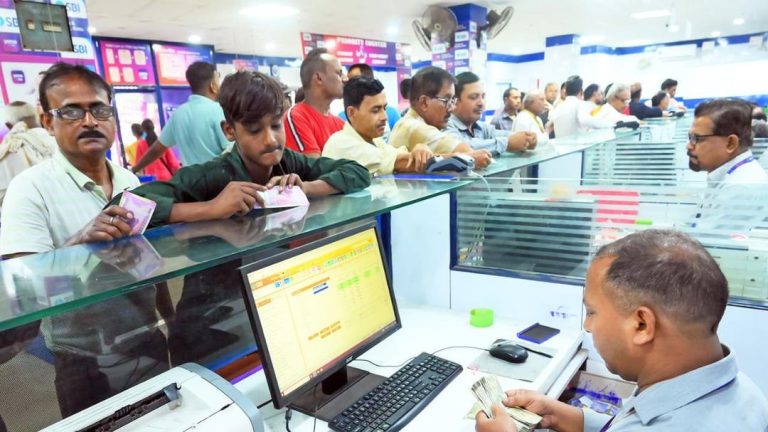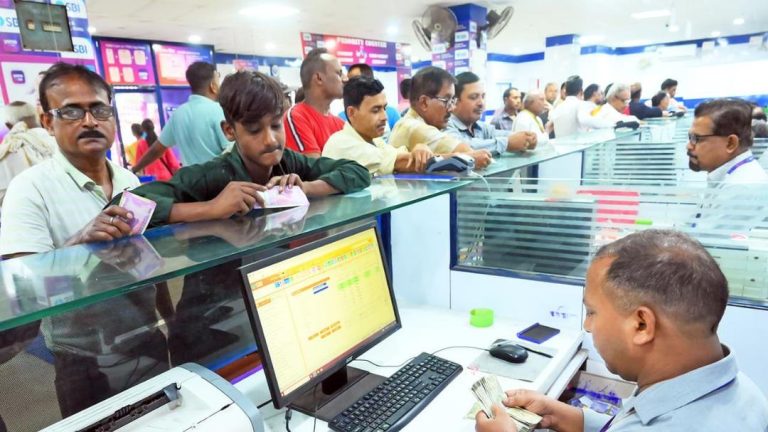
IIT Making Glass to Keep Buildings Cool in Summer & Warm in Winter
As the world grapples with the challenges of climate change, scientists are working tirelessly to develop innovative solutions to reduce our carbon footprint. In a breakthrough that can revolutionize the way we build and maintain our structures, the Indian Institute of Technology (IIT) Indore is developing a “smart glass” that can regulate light and heat by applying a small electric current.
This revolutionary glass, made using a special porous organic polymer, can change color and transparency, allowing it to block sunlight and heat when needed, or letting it in when it’s cooler. This means that buildings can be kept cool in the scorching summer months and warm in the chilly winter months, without relying on air conditioning or heating systems.
The smart glass, also known as an electronic curtain glass, is designed to be a game-changer in the construction industry. According to officials, it can be installed in buildings to control the amount of light and heat that enters the structure, reducing the need for artificial lighting and heating or cooling systems. This can lead to significant energy savings, reduced carbon emissions, and a more sustainable future.
The development of this smart glass is a major achievement for IIT Indore, which has been at the forefront of innovation and research in the field of materials science. The institute’s researchers have been working on the project for several years, and their hard work has finally paid off.
“We are thrilled to announce that we have successfully developed a smart glass that can regulate light and heat by applying a small electric current,” said an official from IIT Indore. “This is a major breakthrough in the field of materials science, and we believe that it has the potential to revolutionize the way we build and maintain our structures.”
The smart glass is made using a special porous organic polymer that is designed to change color and transparency when an electric current is applied. This means that it can be controlled remotely, allowing building owners and occupants to adjust the amount of light and heat that enters the structure.
“This is a major advantage over traditional glazing systems, which can’t be controlled once they are installed,” said the official. “Our smart glass can be adjusted to suit the needs of the building, whether it’s a office building, a residential complex, or a commercial space.”
The development of the smart glass is not only a major achievement for IIT Indore, but it also has significant implications for the construction industry. With the ability to regulate light and heat, buildings can be designed and constructed in a way that is more sustainable and energy-efficient.
“This is a major step forward in the development of sustainable buildings,” said an expert in the field. “By regulating light and heat, buildings can be designed to be more energy-efficient, reducing the need for artificial lighting and heating or cooling systems. This can lead to significant energy savings and reduced carbon emissions.”
In addition to its energy-saving benefits, the smart glass also has the potential to improve the overall comfort and well-being of building occupants. By regulating the amount of light and heat that enters the structure, buildings can be designed to be more comfortable and livable, improving the overall quality of life for those who occupy them.
The development of the smart glass is a testament to the innovative spirit of IIT Indore and its researchers. With their hard work and dedication, they have made a major breakthrough in the field of materials science, and their research has the potential to make a significant impact on the construction industry.
As the world continues to grapple with the challenges of climate change, the development of innovative solutions like the smart glass is more important than ever. With its ability to regulate light and heat, this revolutionary glass has the potential to make a significant difference in the way we build and maintain our structures, and it is an exciting development that has the potential to shape the future of the construction industry.
Source: https://repository.inshorts.com/articles/en/PTI/319121e5-f2f2-4d36-b9bd-364925f8a154






